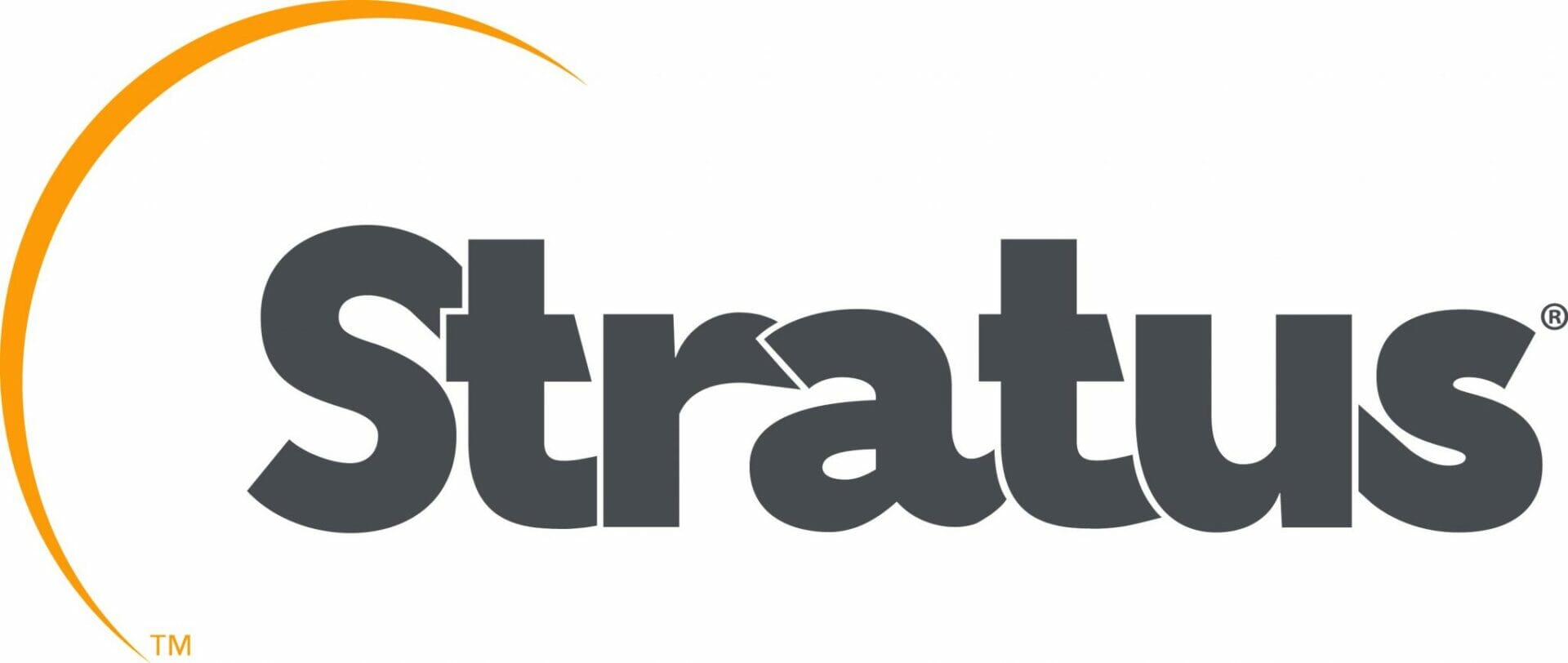- What maintenance products/services do you offer to help food and beverage manufacturers develop and keep an effective PM strategy/system running?
JA: This is a good question and we have a slightly different approach to PM than some other computing vendors. We manufacture highly reliable compute and storage systems, which means we are part of the digital infrastructure for a food and beverage operational technology (OT) network. Therefore, we focus on keeping the systems and applications running all the time and we embed technology in our systems that is continuously aware of any issues. In the event that one of our components is compromised or may become compromised, we will seamlessly fail over to the redundant system pair (which is included as part of our solution) so there is no interruption of service. Then we will also initiate a service support call to repair or replace the compromised system. Under this configuration we have systems in various Industrial Automation organizations that have not stopped operating for decades.
- It’s obvious why manufacturers shouldn’t wait until something breaks to fix it, but are there some less obvious reasons that people don’t often consider?
JA: If you have a handle on what the trends are for maintaining your equipment, it allows you to make better business decisions. In terms of scheduling maintenance or planning technology upgrades, a more proactive approach will likely save money and hassle in the long run. On the digital side this is a big deal. If you are not keeping up on system updates you may be at risk of a cybersecurity issue since many software updates are driven by new security fixes and features.
- Can you think of any manufacturer (food and beverage) that waited till it broke, then had catastrophic results afterwards? (Don’t mention any names.) What originally happened? What were the “domino effects” resulting from waiting till it breaks to fix it? How did the manufacturer resolve the problem(s)? Did the manufacturer take adopting a better maintenance strategy more seriously afterwards?
JA: The short answer is since we have mission critical platforms many of our customers (including those in manufacturing) have engaged us after they waited until something broke. So in some ways, it is how people hear about us. But what we find is that the failures tend to drive new planning behaviors and a better understanding of how to prevent these issues before they happen. What seems to become the biggest challenge after that is understanding the impact on the whole supply chain and how to resolve those issues.
- In my Navy-Air days, our base required the filling out of three multi-copy forms to replace a $1.59 (at the time) BNC RF coax-cable connector. Time spent filling out the forms took longer than replacing the part. Are food and beverage companies still running PM programs on paper? How can software help PM? What is the ROI for converting a manual PM system-or a homebrew Excel system-to a CMMS? How do costs compare between manual or Excel-based systems and CMMSs? Can a simple computer-based PM system cover the automatic replenishment of stock replacement parts from OEMs, or is it just for organizing PM activities?
JA: There are still many food and beverage companies that are using old fashioned methods. I believe that what ultimately drives the decision to move the process forward is the overall scale and throughput of a site (the ROI) and the overall cost of the product you are shipping (the opportunity cost of a failure). So while I cannot give a specific model, I can tell you that a rule of thumb to justify these use of our systems (not all the PM software just the computers that they run on) is if the cost of downtime is more than $10,000 per hour, you should look at a redundant industrial computing platform.





